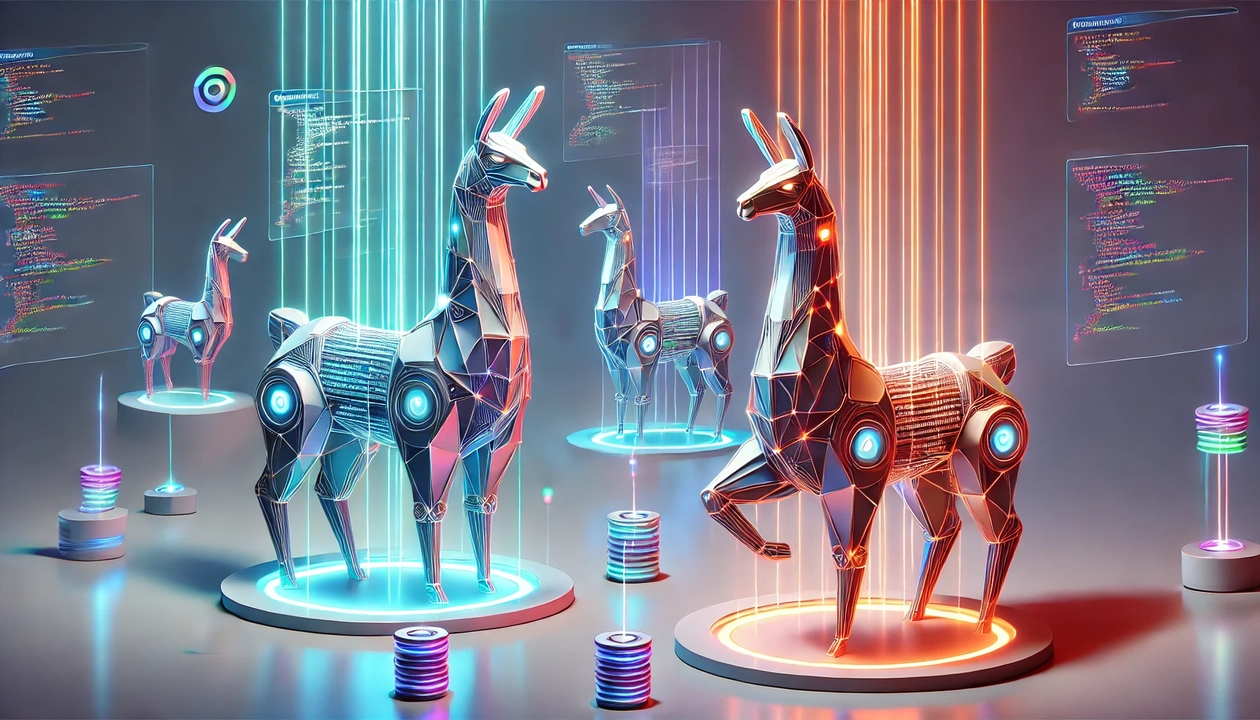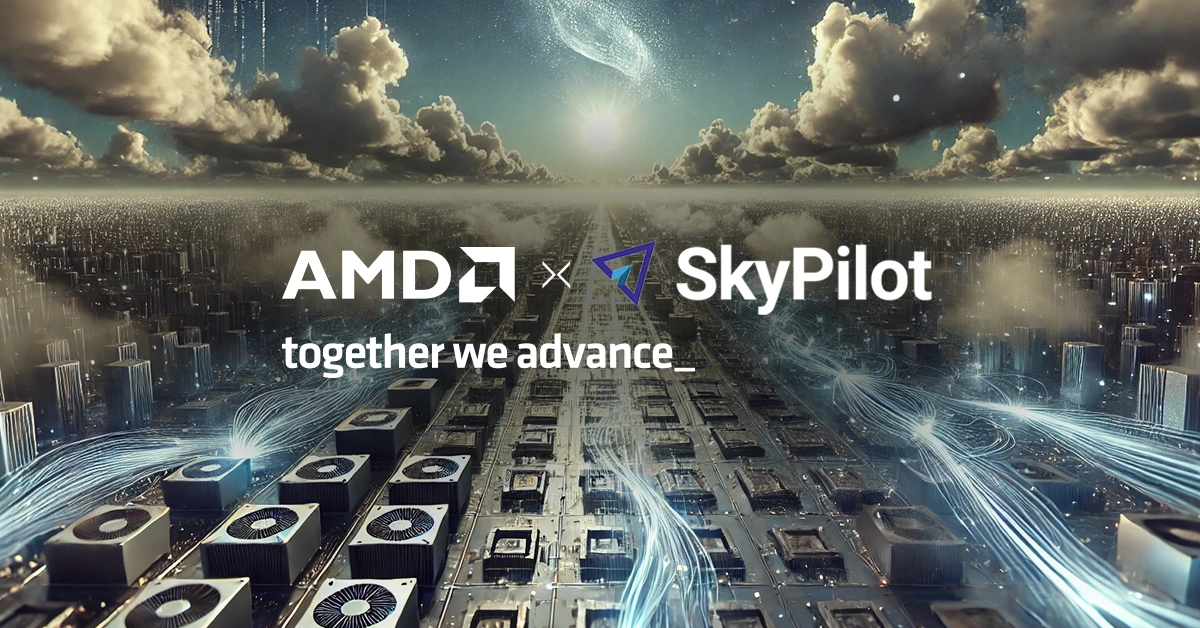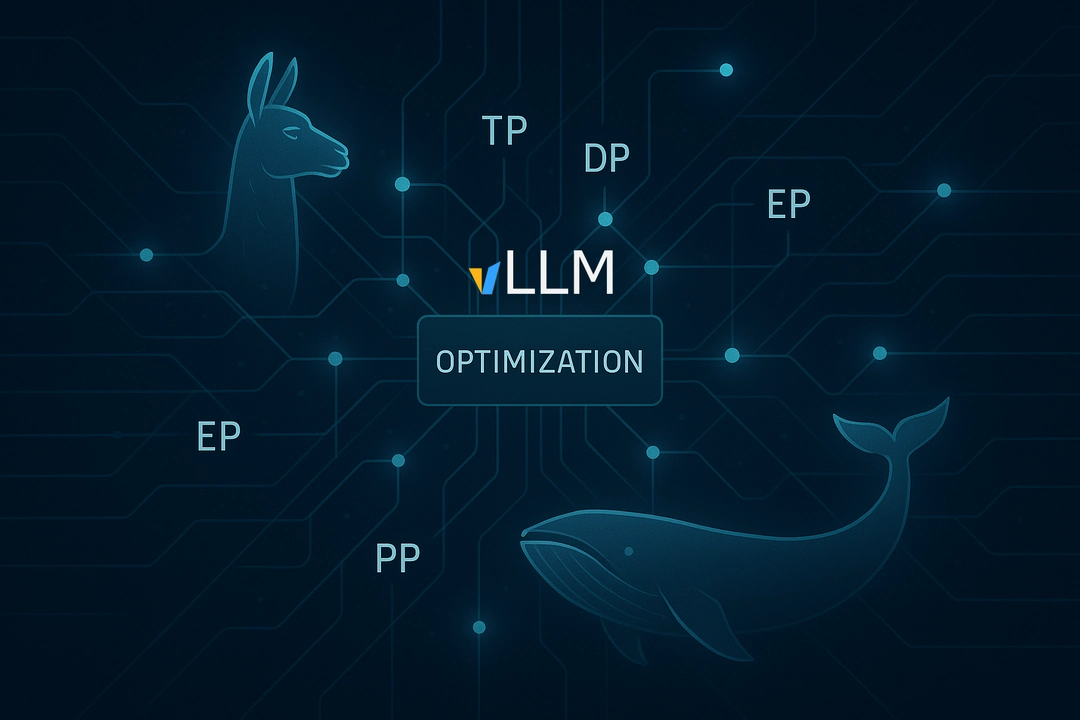Featured Posts

Scaling AI Inference Performance with vLLM on AMD Instinct MI355X GPUs
Explore how MI355X performs against B200 in vLLM benchmarks across DeepSeek-R1, GPT-OSS-120B, Qwen3-235B and Llama-3.3-70B.

Exploring Gameplay Video Generation with Hunyuan-GameCraft
Learn to generate dynamic, action-controllable gameplay videos from single images using Hunyuan-GameCraft on AMD Instinct MI300X GPUs with ROCm.

AMD Enterprise AI Suite: Open Infrastructure for Production AI
Explore an open, GPU-optimized platform to build, deploy, and scale enterprise AI workloads on AMD Instinct with production-ready performance.

ROCm 7.9 Technology Preview: ROCm Core SDK and TheRock Build System
Introduce ROCm Core SDK, and learn to install and build ROCm components easily using TheRock.

MoE Training Best Practices on AMD GPUs
Learn how to optimize Mixture-of-Experts (MoE) model training on AMD Instinct GPUs with ROCm. Maximize your AI training performance now!

3D Scene Reconstruction from the Inside: Explore the Mathematics Behind gsplat
3D Scene Reconstruction from the Inside: Explore the Mathematics Behind gsplat

Accelerating llama.cpp on AMD Instinct MI300X
Learn more about the superior performance of llama.cpp on Instinct platforms.

Medical Imaging on MI300X: SwinUNETR Inference Optimization
A practical guide to optimizing SwinUNETR inference on AMD Instinct™ MI300X GPUs for fast 3D segmentation of tumors in medical imaging.

Democratizing AI Compute with AMD Using SkyPilot
Learn how SkyPilot integrates with AMD open AI stack to enable seamless multi-cloud deployment and simplifies NVIDIA-to-AMD GPU migration.

Continuing the Momentum: Refining ROCm For The Next Wave Of AI and HPC
ROCm 7.1 builds on 7.0’s AI and HPC advances with faster performance, stronger reliability, and streamlined tools for developers and system builders.

ROCm 7.0: An AI-Ready Powerhouse for Performance, Efficiency, and Productivity
Discover how ROCm 7.0 integrates AI across every layer, combining hardware enablement, frameworks, model support, and a suite of optimized tools

Llama.cpp Meets Instinct: A New Era of Open-Source AI Acceleration
performance optimizations for llama.cpp on AMD Instinct GPUs

Accelerating Autonomous Driving Model Training on AMD ROCm™ Software
Learn how to deploy AMD GPUs for high-performance autonomous driving related model training with ROCm optimization.

Building a State-of-the-Art 32 Billion Reasoning Model with Only Synthetic Data on AMD GPUs
Learn how to build a State-of-the-art reasoning model that beats Qwen3-32B using only synthetic data and SFT on AMD Instinct™ GPUs—fast, simple, and scalable.

DGL in Depth: SE(3)-Transformer on ROCm 7
Inform the AI community about running SE(3)-Transformer with DGL on AMD Instinct platforms.

Modernizing Taichi Lang to LLVM 20 for MI355X GPU Acceleration
Power your next AI application or graphics simulation with high-performance GPU/CPU computing in Python with Taichi Lang.

The vLLM MoE Playbook: A Practical Guide to TP, DP, PP and Expert Parallelism
Learn how to combine TP, DP, PP, and EP for MoE models. Discover proven strategies to maximize performance on your vLLM deployments.

Accelerating Vector Search: hipVS and hipRAFT on AMD
Learn how hipVS accelerates vector search on AMD Instinct GPUs, with notebook demos for semantic search, RAG, and recommendation systems.

Practical, Fault‑Robust Distributed Inference for DeepSeek on AMD MI300X
Learn how a small-radius expert parallel design with prefill–decode disaggregation enables scalable, fault-isolated LLM inference on AMD Instinct™ MI300X clusters.

Stability at Scale: AMD’s Full‑Stack Platform for Large‑Model Training
Primus streamlines LLM training on AMD GPUs with unified configs, multi-backend support, preflight validation, and structured logging.
Stay informed
- Subscribe to our RSS feed (Requires an RSS reader available as browser plugins.)
- Signup for the ROCm newsletter
- View our blog statistics
- View the ROCm Developer Hub
- Report an issue or request a feature
- We are eager to learn from our community! If you would like to contribute to the ROCm Blogs, please submit your technical blog for review at our GitHub. Blog creation can be started through our GitHub user guide.